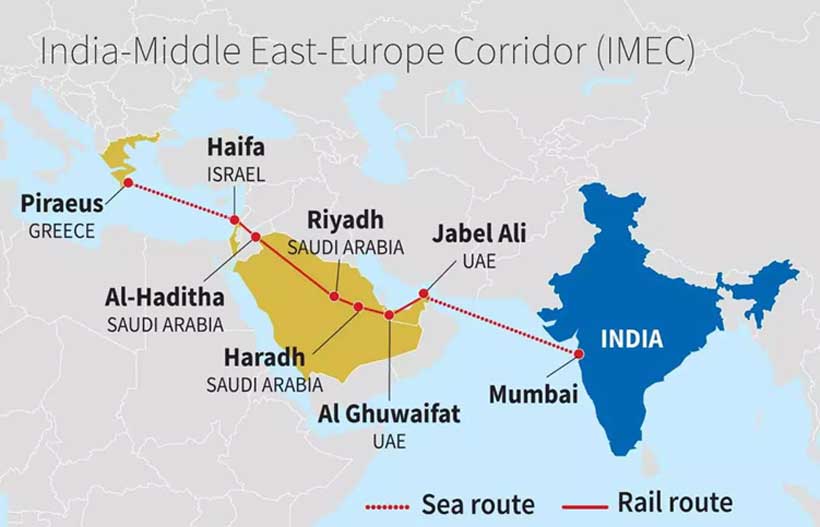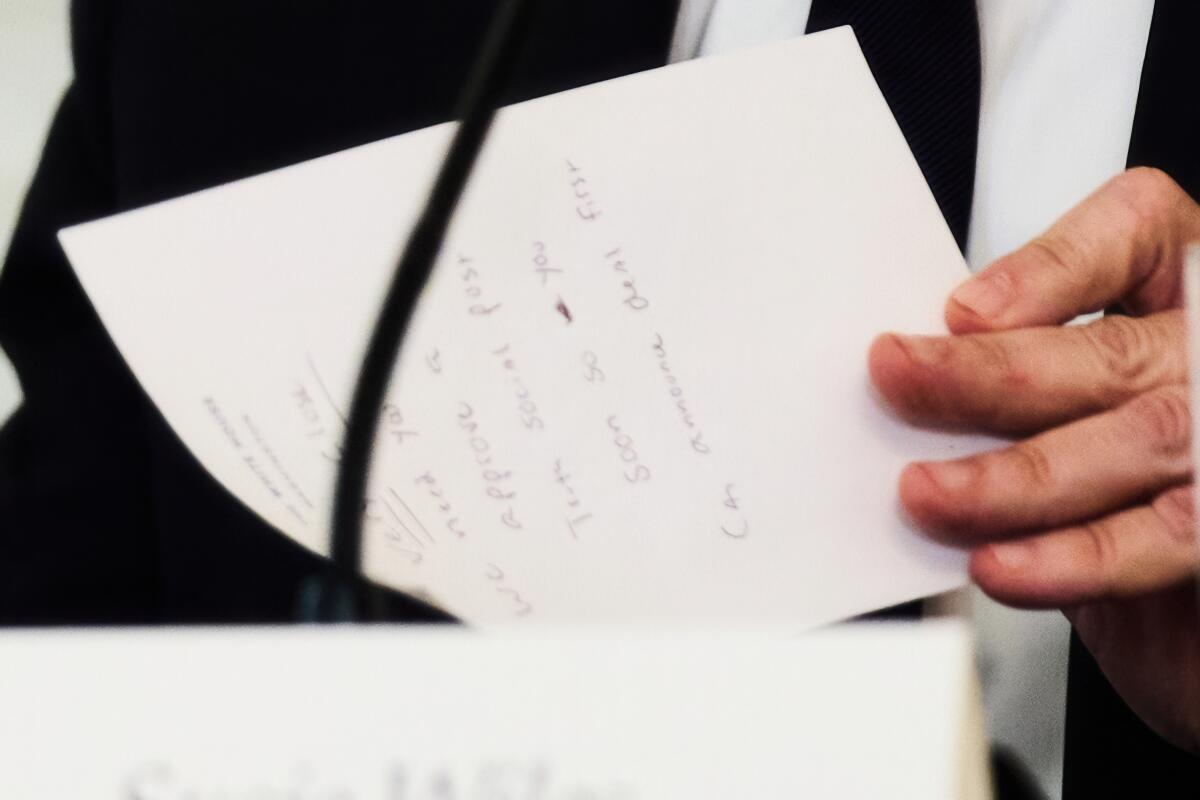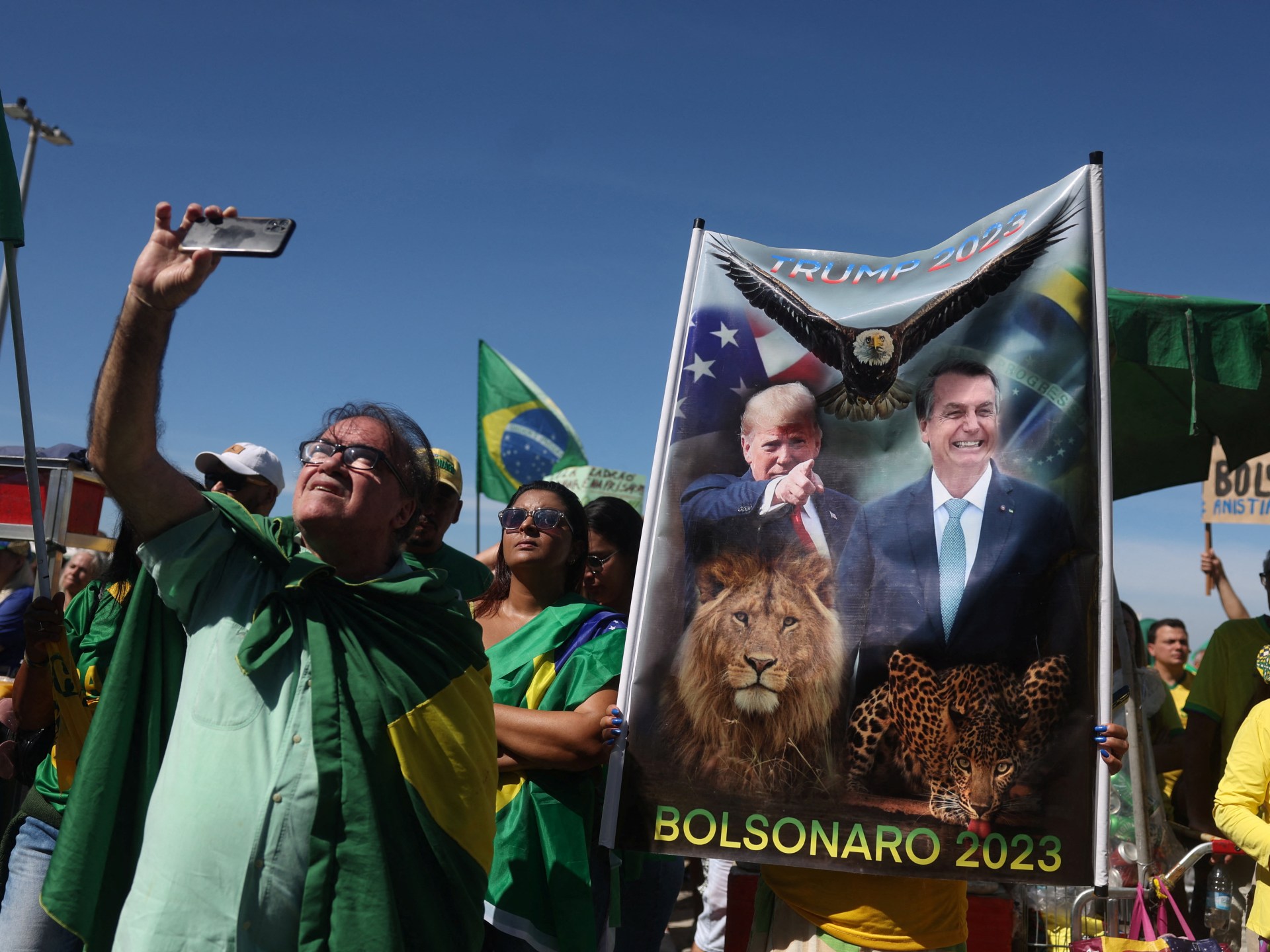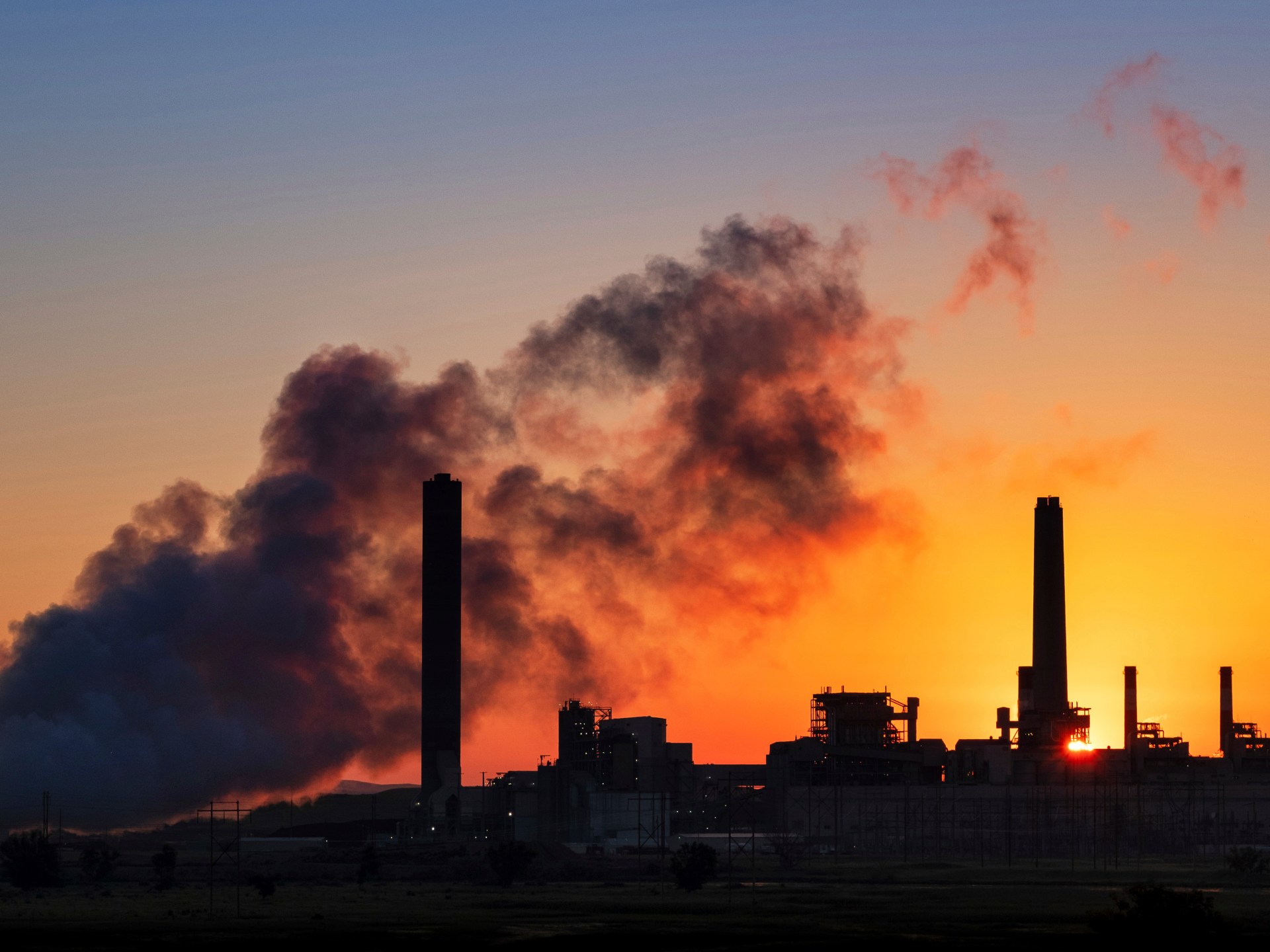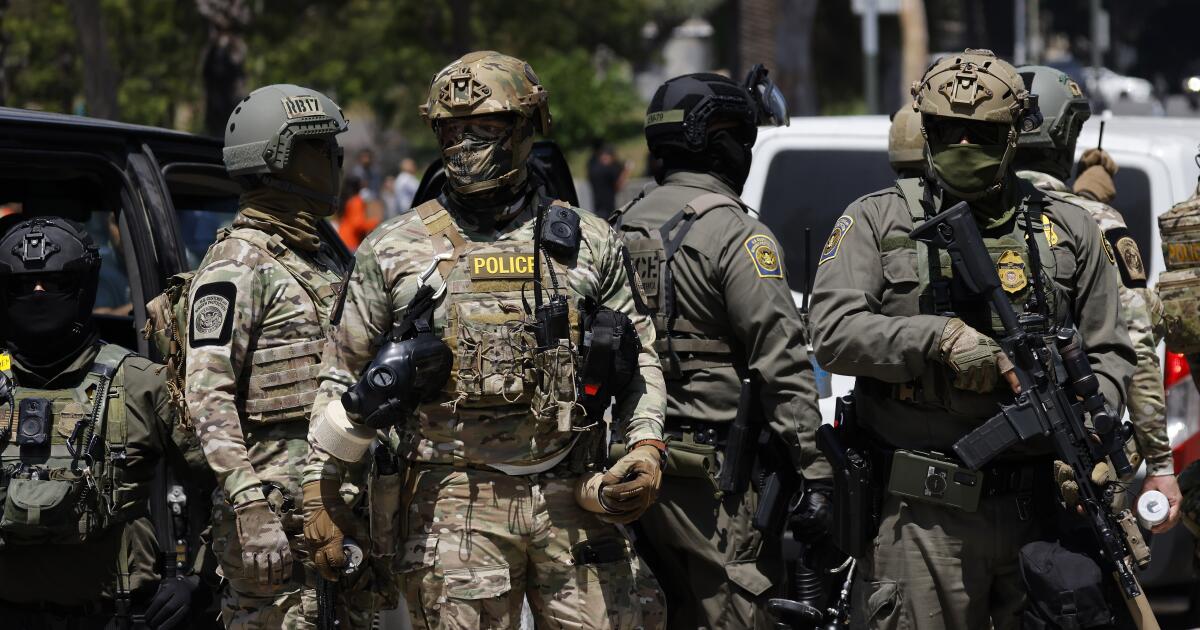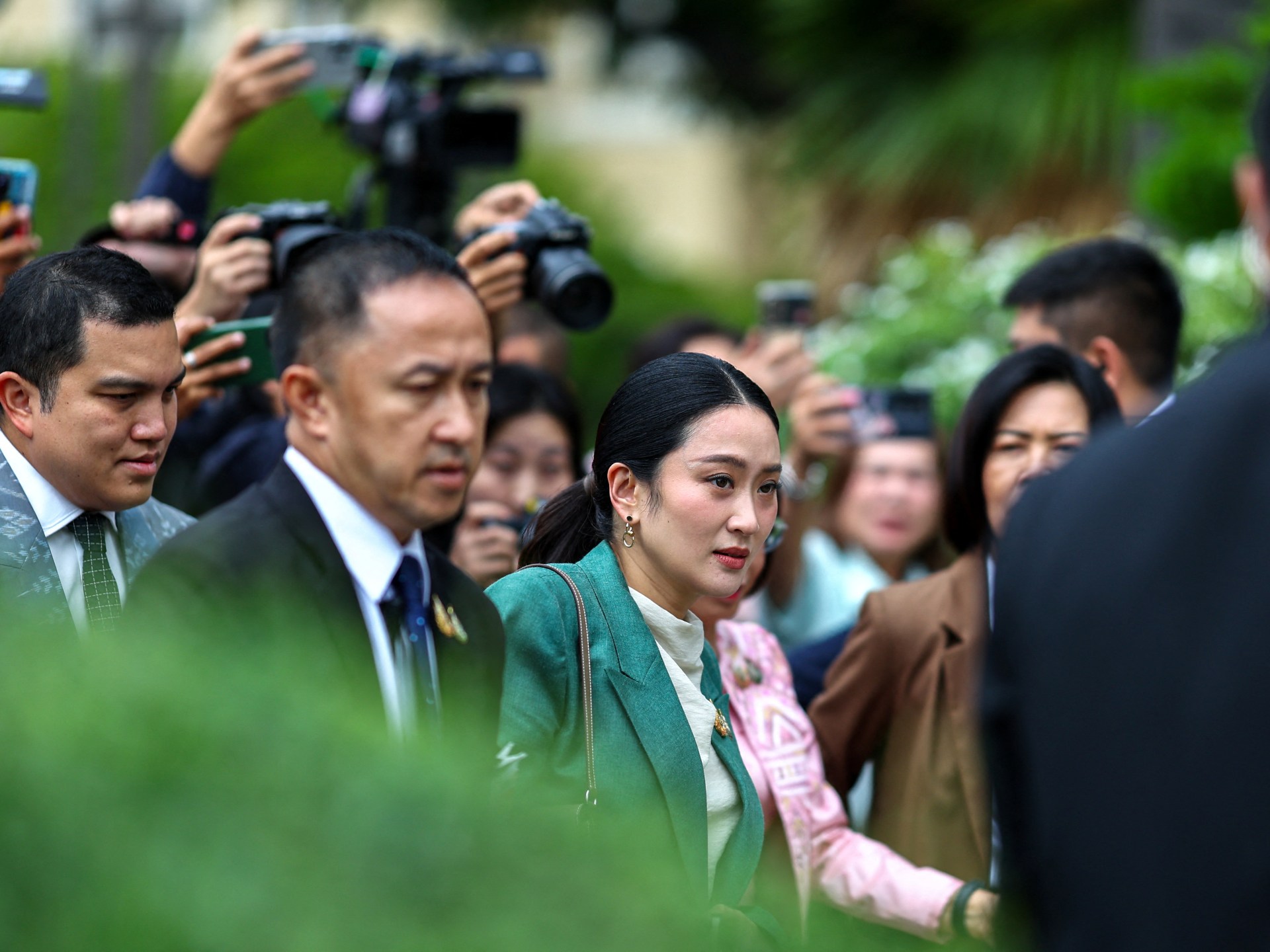India-Middle East-Europe Economic Corridor: Promise, Peril, and the Politics of Connectivity
During a recent meeting of Egypt’s Foreign Minister Badr Abdelatty with Prime Minister Narendra Modi in New Delhi, on Friday, October 17, Egypt’s Foreign Minister Abdelatty reiterated that “the resolution of the Palestinian question” remains central to the progress of the IMEC connectivity project and strengthening the strategic ties between India and Egypt. His comments captured the essence of the challenge that confronts the India-Middle East-Europe Economic Corridor (IMEC), that grand infrastructure schemes in this region cannot be separated from enduring political conflicts. Abdelatty’s emphasis indicated that IMEC, which was launched with so much enthusiasm at the 2023 G20 Summit hosted by New Delhi, will only move from rhetoric to reality if its architects reconcile geography with geopolitics.
The Strategic Vision: What IMEC proposes
IMEC was announced as a transformative connectivity framework which aims to link India, the Arabian Peninsula, and Europe through maritime, rail, energy, and digital networks. The project promised to reconfigure the trade routes and foster sustainable growth by involving India, Saudi Arabia, the UAE, Jordan, Israel, and the EU with the support of the United States and major European economies. It also emerged as a counterpart initiative against China’s Belt and Road Initiative (BRI). However, the “IMEC vs BRI” debate is as much about the narrative competition as about logistics. Yet translating that narrative into a functioning framework is a complex process.
IMEC’s blueprint comprises two interconnected legs. An eastern maritime route between India and Gulf ports and a northern corridor of railways across Saudi Arabia, Jordan, and Israel leading into Europe. Furthermore, it envisions plans for electricity grids, a hydrogen pipeline, and digital fibre networks. The idea is to reduce shipping time between India and Europe by nearly 40% and diversify global supply chains away from vulnerable checkpoints such as the Suez Canal and the Red Sea.
Barriers to the Vision
The road to the execution of this vision remains riddled with obstacles. IMEC’s future depends on bridging political divides and closing financial gaps. The physical links across the Arabian Peninsula are still incomplete, and key rail segments between Saudi Arabia, Jordan, and Israel exist largely on paper. Different technical standards and varied customs regimes with no unified authority to synchronise investment or implementation make the project susceptible. Moreover, the funding model lacks transparency. Neither a dedicated corpus nor a multilateral mechanism has been finalised, which leaves the corridor vulnerable to delays and competing priorities.
Furthermore, there is uncertainty due to diplomatic and security dynamics. The Israel-Gaza war has frozen Saudi-Israeli normalisation efforts that initially spirited the IMEC. Egypt’s renewed engagement suggests that Cairo intends to shape any connectivity framework that intersects its sphere of influence. Given the role of Egypt in the control of the Suez Canal and its political weight in the Arab World, Cairo’s participation is crucial. Abdelatty’s linkage of IMEC’s viability to progress on the Palestinian question implies that diplomatic legitimacy will precede logistical cooperation. Unless the participants address the regional trust deficit, the corridor politics may remain trapped between ambition and ambiguity.
Divergent Priorities of Participants
Each participant in IMEC has divergent goals. For India, the project aligns with its “Act West” policy and its long-time desire to consolidate middle-power status through connectivity leadership. For the Gulf monarchies, IMEC represents a channel to diversify beyond hydrocarbons and attract investments in technology and management. Europe views it as a hedge against over-dependence on Chinese infrastructure. To reconcile these varied interests, it is required to focus on continuous negotiations and proper planning. Tensions among Gulf states and between regional powers such as Iran and Turkey could further complicate the situation. The overlapping interests may blur the line between cooperation and competition, which will undermine cohesion before the corridor gains momentum.
From India’s viewpoint, IMEC holds immense significance if managed strategically. It will not only strengthen the supply-chain resilience but will also enhance energy security and expand India’s diplomatic footprint in the Middle East. The corridor perfectly aligns with global efforts to provide transparent alternatives to Chinese financing, for instance, the U.S.-led Partnership for Global Infrastructure and Investment. However, this association might expose IMEC to great power rivalry, turning a development initiative into another strategic sport. This might dilute the economic rationale of the corridor.
Egypt and the Latest Turning Point
A new dimension has been added as Egypt re-emerges as a key stakeholder in the project. Cairo’s interests not only stem from geography but also from economic logic. The Suez Canal is the lifeline of the Egyptian economy, so any alternative corridor must complement rather than compete with it. Abdelatty’s emphasis on integrating political stability with economic planning reflects a broader regional lesson that peace and prosperity must progress together. Incorporating Egypt as a central player through port linkages or co-investment in logistics could enhance IMEC’s legitimacy and reliability. Contrary to this, if Egypt gets excluded, it may trigger diplomatic resistance or perceptions of marginalisation.
The most important question in the current context is whether IMEC can survive the cyclical turbulence of the world’s most unstable region. The region where energy markets are unstable and unresolved conflicts fuel the mistrust among participating states. Moreover, the delays in implementation might erode momentum. To demonstrate progress and sustain the confidence of investors, IMEC needs measurable milestones such as pilot projects, customs harmonisation or digital integration. Even partial success, such as improved India-Gulf maritime connectivity or cooperation in renewable energy, could build credibility.
The Way Forward for IMEC
IMEC challenges the prevailing assumptions about how connectivity projects emerge in contested regions on a conceptual note. It suggests that strategic corridors can no longer depend solely on geopolitical alliances. They require inclusive governance, transparent financing, and conflict-sensitive design. Egypt’s diplomatic stance on the palestinian question and IMEC implies that development without justice is unsustainable. For India, the opportunity lies in using its credibility with multiple actors, such as Arab states, Israel, Europe and the U.S. to keep the corridor protected from zero-sum politics. This would present New Delhi not just as a participant but also as a facilitator.
In conclusion, IMEC is both a promise and a puzzle. It incorporates the aspiration for cooperative connectivity but remains hostage to the very divisions it aims to bridge. Abdelatty’s statement in New Delhi, which echoed across regional capitals, was less a warning than a reminder that infrastructure cannot transcend politics and it must be engaged with constructively. The corridor might evolve from a strategic deal into a genuine intercontinental partnership if India and its allies can translate this vision into sustained diplomacy and practical implementation. However, if it fails, IMEC will join the long list of visionary projects that turned out unsuccessful in the Middle East.
